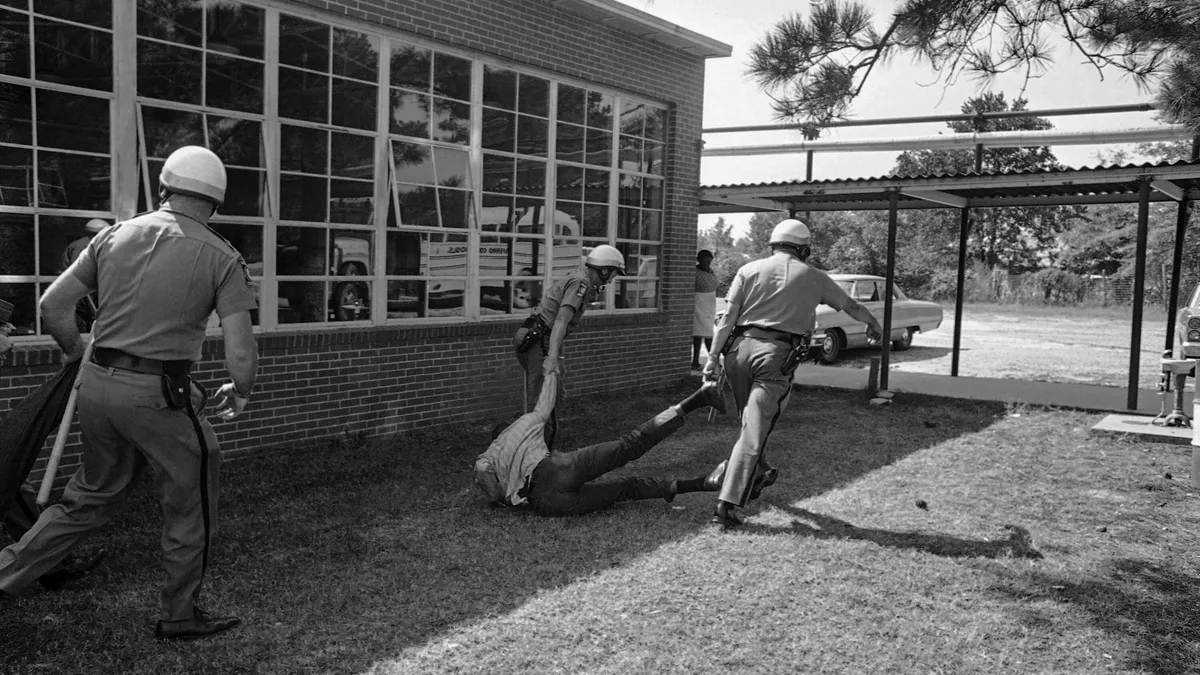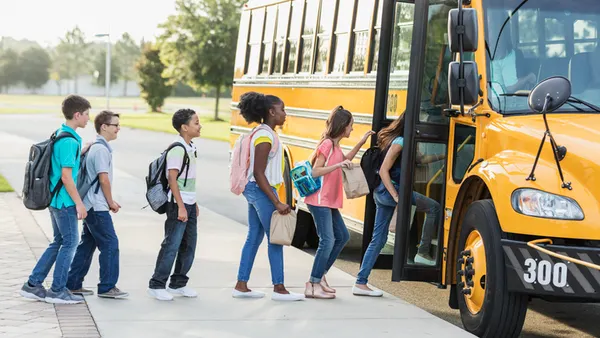Dive Brief:
- As schooling models shift and risks increase, districts are reconsidering their approaches to risk management and liability.
- District leaders have had to focus more on building security and safety response protocols in the past two decades, and student-on-student or faculty-on-student assaults appear to be on the rise, which has raised premiums.
- Changes in school technology also require districts to update their liability policies, as well as their employee training, to prevent and prepare for losses.
Dive Insight:
Risk management can be a major burden for districts, and some experts recommend making it a part of everyday district decision making for all personnel. Some districts maintain a designated risk manager to oversee the implementation of policies and ensure they are completely up to date. But even districts that don’t should stay up to date and spread responsibility for the tasks, in order to protect themselves.
One thing some districts overlook is the impact of bringing outside organizations into schools or opening school spaces to neighborhood groups.
“Even having a Zumba class in the school requires signing a waiver of liability that it would not be a workers’ compensation case if people injure themselves,” Brad Goldstein, associate superintendent of finance and business operations for Hawthorn District #73 in Illinois, told District Administration. Districts should make sure schools and principals conduct background checks on volunteers and make sure all staff and volunteers follow established protocols.












